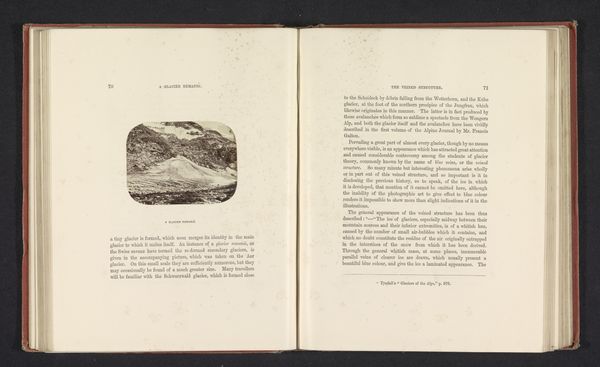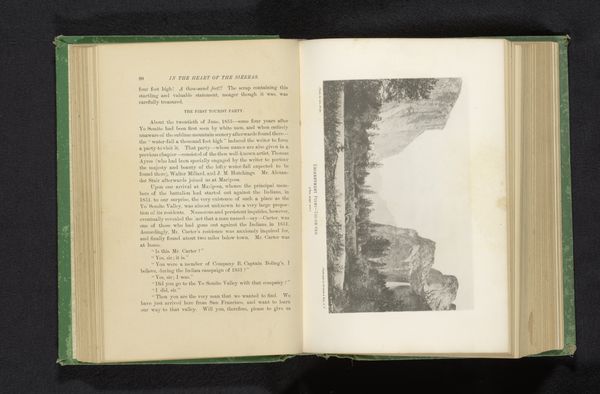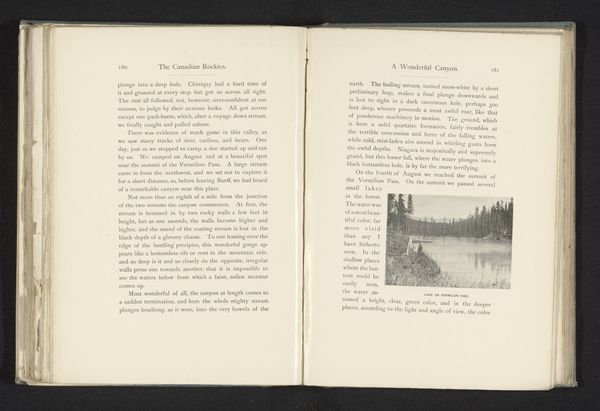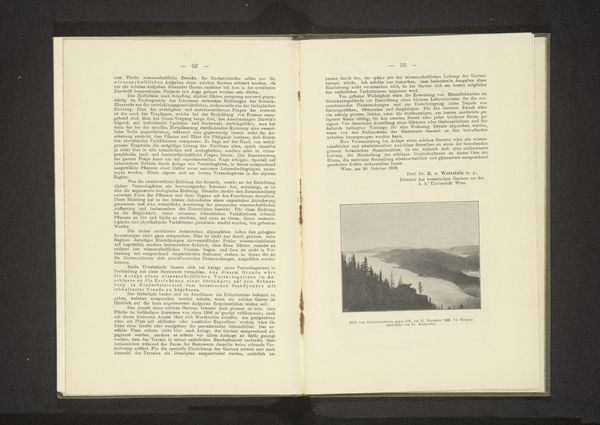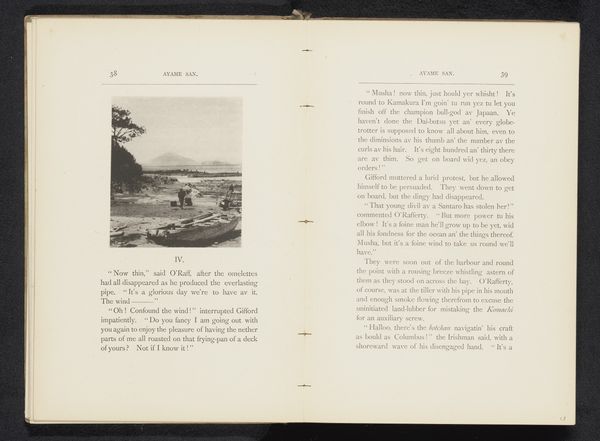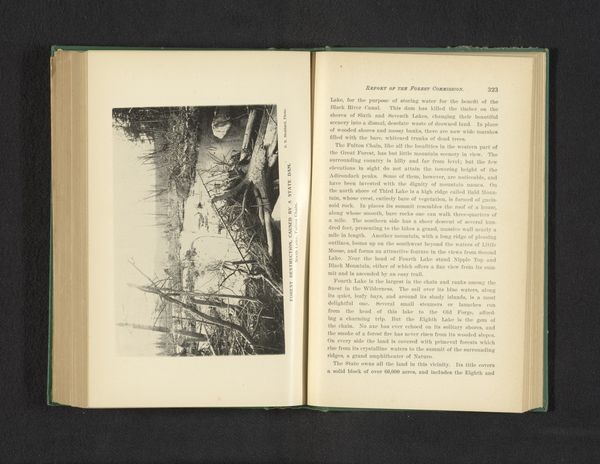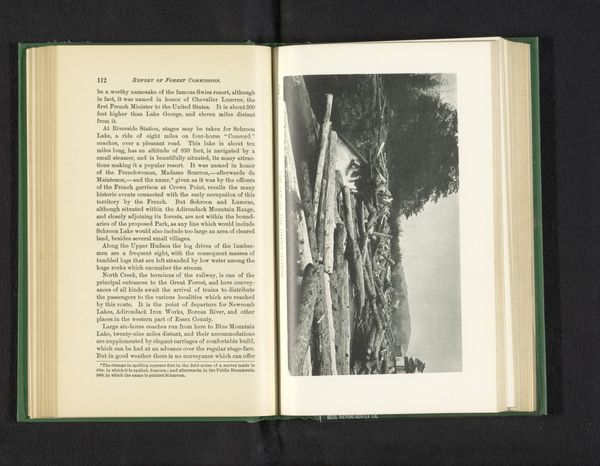
drawing, print, photography, woodcut
#
drawing
#
lake
# print
#
landscape
#
photography
#
woodcut
Dimensions: height 67 mm, width 87 mm
Copyright: Rijks Museum: Open Domain
Curator: The very act of documenting these landscapes, like Walter Dwight Wilcox’s "Gezicht op het Louisemeer" from before 1897, isn't neutral. It's tied to exploration, colonialism, and a particular gaze upon the natural world. Editor: That's fascinating. When I look at this drawing, I’m struck by its quiet beauty, a serene view of a lake surrounded by wilderness. But knowing its historical context, I’m now wondering, whose gaze are we seeing this landscape through? Curator: Exactly. The artistic gaze is always loaded. Consider the rise of landscape painting in the context of westward expansion, often romanticizing or obscuring the displacement of indigenous communities. What narrative does Wilcox perpetuate through this serene depiction, and what perspectives are silenced? Is it simply an aesthetic appreciation of the landscape, or does it reflect a specific relationship to the land and its resources? Editor: So, you're saying we need to question the intention behind such images, and how they might reflect power structures. Did the artistic conventions of landscape at that time contribute to a particular way of seeing, perhaps one that minimized the human impact on the environment? Curator: Precisely. Art history isn't just about aesthetics, it's about power, representation, and ideology. How does the representation of nature interact with contemporaneous discourse around indigenous people, colonial occupation, and exploitation? And what is our role, as viewers, in either reinforcing or challenging this viewpoint? Editor: This gives me a lot to consider. It really makes you think about whose stories are being told, and whose are being left out. Thanks, this opened my eyes to an angle I hadn’t really considered before. Curator: Good. Now, how might contemporary Indigenous artists respond to these historical depictions? Perhaps by reclaiming their narrative and their relation to the land.
Comments
No comments
Be the first to comment and join the conversation on the ultimate creative platform.

